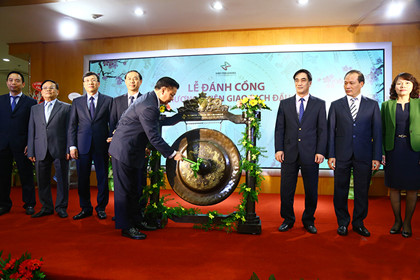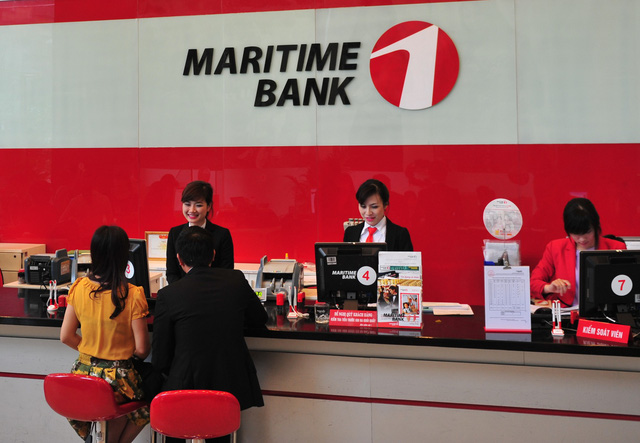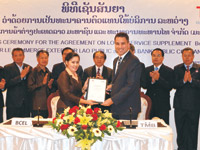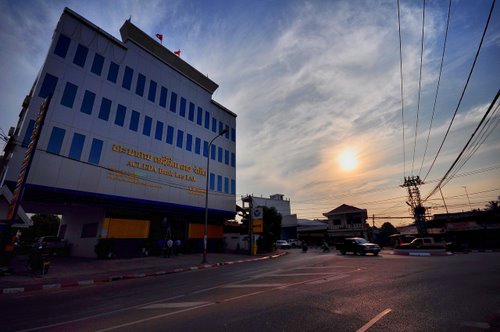Laos' foreign reserves adequate: BOL official
Laos' foreign reserves adequate: BOL official
The Bank of the Lao PDR (BOL) continues to be able to keep exchange rates within its targeted five percent range as foreign currency reserves have climbed to US$700 million.
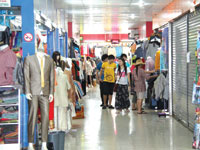
According to a report from the central bank, reserves of US$700 million in foreign currency are sufficient to secure imports for a period of five months. The rise in foreign reserves means the BOL can keep exchange rates stable within the stipulated five percent range.
A senior official from the bank told Vientiane Times yesterday the value of goods imported for domestic consumption was not high, so the bank had sufficient foreign currency to purchase five months' of imports.
The official, who asked to remain anonymous, said the recent fall of the kip against the baht was still within the approved framework, so there was no need for the central bank to intervene in the currencies transaction market to strengthen the value of the kip.
The kip has dropped from 260 per baht to 265 per baht over the past several months, while the black market exchange rate is about 268 kip per baht.
The kip has seen a slight increase in value against the US dollar, due international market trends.
The bank official said people should not change money on the black market as long as banks have sufficient supplies of foreign currencies. He also said banks do not require the same amount of paperwork to change money as in the past.
Holders of Lao ATM cards can now withdraw money from their home accounts in foreign countries, one of the best indications that the central bank has eased restrictions on foreign currency exchange. In the past, people who wanted to change money had to provide solid evidence of the reason why they needed foreign currency.
The official said one of the reasons for the higher trade deficit was not due to higher imports for domestic consumption but because of the larger quantity of goods being imported for use by investment projects.
Laos is building several hydropower plants, the largest of which is the US$3.5 billion Xayaboury run-of-river dam, the first dam to be built on the lower Mekong basin. Development projects such as this are importing large amounts of cement, steel and machinery.
Economists say the increase in imports for investment projects should give people added confidence in the kip as these projects will generate significant revenue for Laos in the future. For example, the Xayaboury dam will generate revenue of about US$450 million a year when it becomes operational in 2019.
vientiane times



